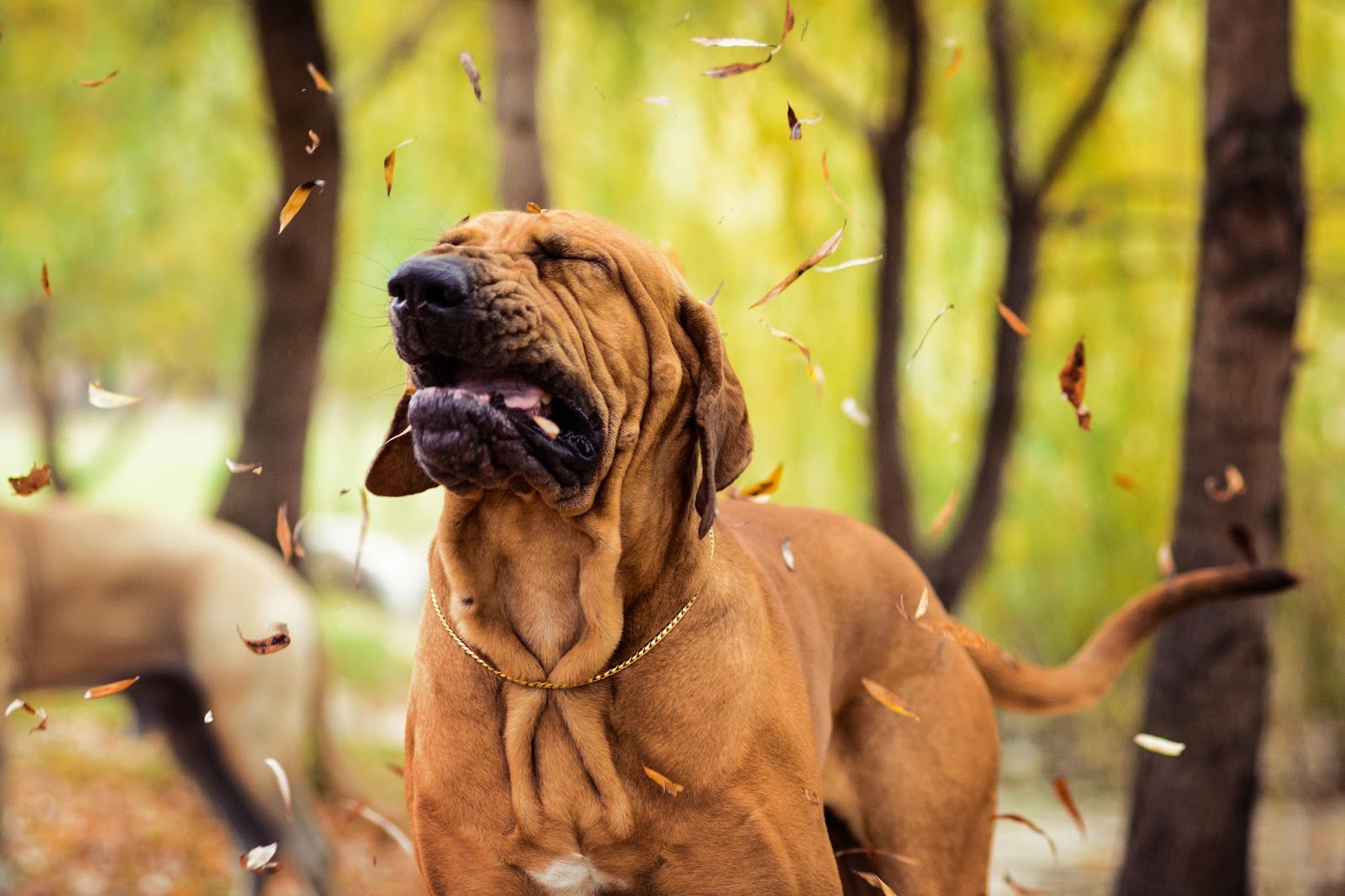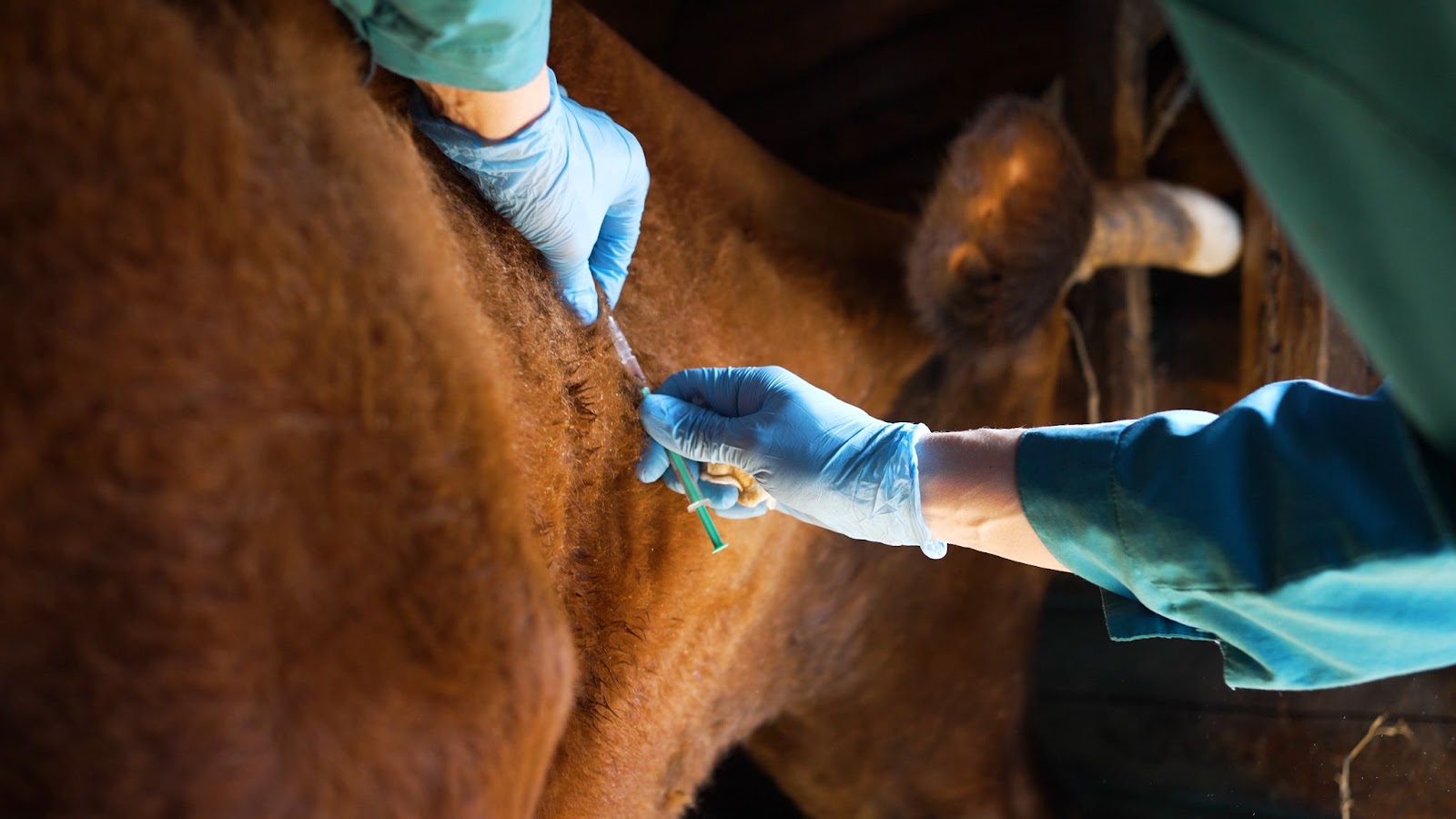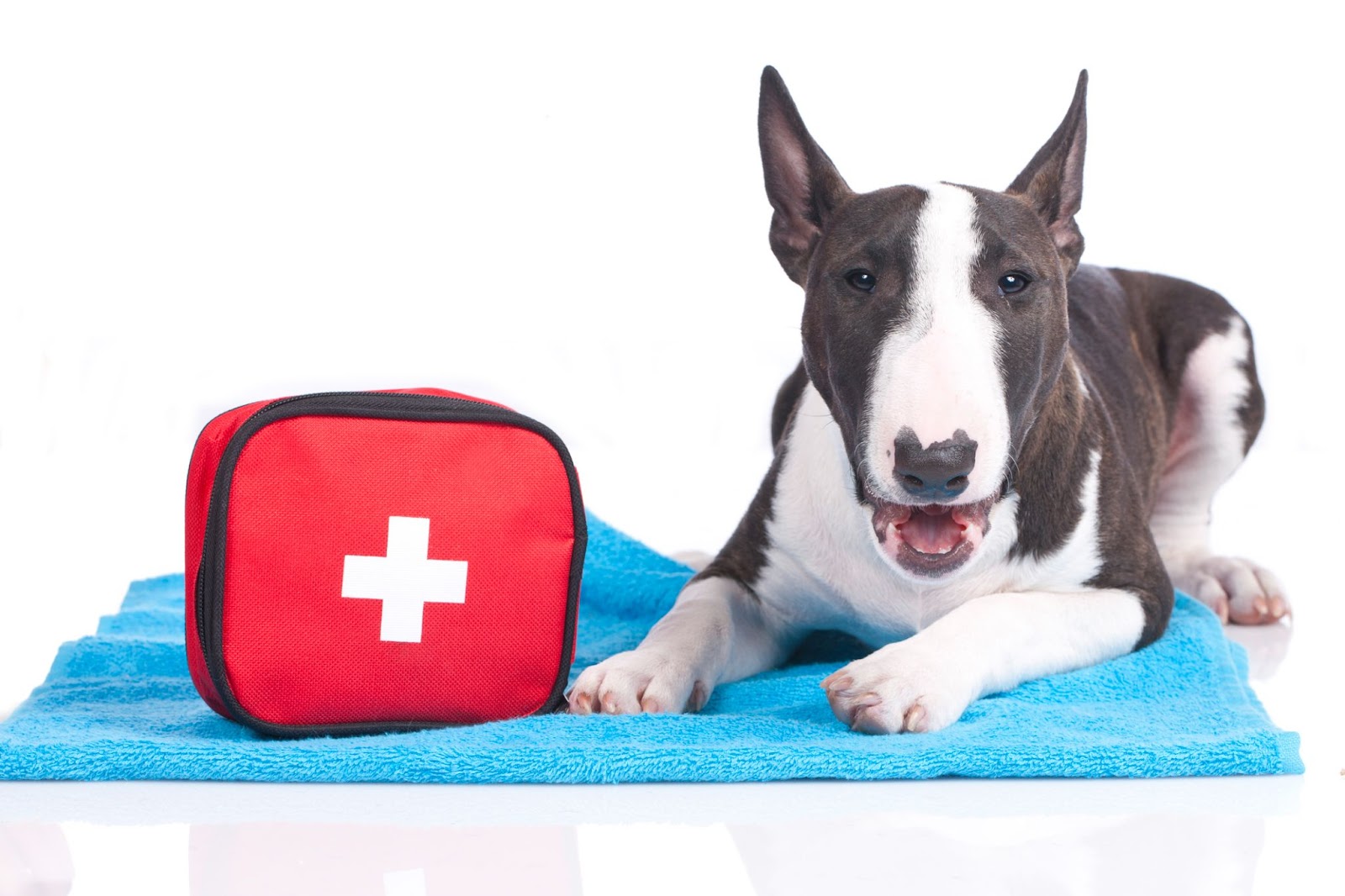As the flowers bloom and the trees awaken, spring brings a burst of color and warmth. But for many dogs, spring also signals the return of itchy eyes, sneezing, and discomfort, often caused by spring allergies in dogs. Just like humans, dogs can suffer from seasonal allergies triggered by pollen, grass, and mold spores. These allergens are most active in the air during spring, making it difficult for sensitive dogs to find relief. Without proper care, allergies can diminish your dog’s quality of life, leading to constant discomfort. Understanding the signs and knowing how to manage these allergies is essential for your pet’s health and happiness.
If your dog is struggling with spring allergies, the experienced team at Sinton Vet Clinic is here to help. We’re dedicated to providing compassionate care and effective solutions to help your pet feel their best during allergy season, giving you peace of mind. Call us today at (361) 364-4551 to schedule an appointment and give your pet the relief they deserve.
Understanding Spring Allergies in Dogs
Spring allergies in dogs can be especially frustrating, both for pets and their owners, as their immune systems overreact to common environmental allergens. Pollen from trees, grasses, and flowers, along with mold spores and dust mites, are frequent culprits. Dogs with a history of allergies often struggle even more during the spring months, so it’s important to stay attentive to any changes in their behavior. Wind can carry allergens far and wide, affecting dogs even if they don’t spend much time outdoors. On top of that, allergens can cling to their fur and paws, making their way inside and continuing to cause discomfort long after your dog has come indoors.
If you notice your dog exhibiting signs of allergies, it’s essential to take action. Early intervention can prevent symptoms from worsening and improve your pet’s quality of life, so schedule an appointment ASAP!
Symptoms of Spring Allergies in Dogs
Noticing the signs of spring allergies in your dog is the first step in helping them feel better. Just like us, dogs can experience a range of allergy symptoms, from mild discomfort to more serious issues. You know your dog best, so keep an eye out for any changes in their behavior or appearance. Since allergy symptoms can sometimes look like other health problems, getting a proper diagnosis is key. Some common signs to watch for include:
- Excessive scratching, licking, or chewing of the paws
- Red, inflamed, or itchy skin
- Watery or irritated eyes
- Frequent ear infections or head shaking
- Sneezing and nasal discharge
- Hot spots or skin infections
If you observe any of these symptoms, it’s time to seek professional care. Our experienced veterinarians are here to provide personalized treatment for your dog’s allergies.
Diagnosing Spring Allergies in Dogs
Accurately diagnosing spring allergies in dogs is an essential step toward helping your pet find relief. The process typically starts with a thorough examination and a detailed discussion about the symptoms you’ve noticed. With every dog having unique personality traits and routines, understanding their daily routine and environment can provide important clues about potential allergens. You may be asked about changes in their behavior, grooming habits, or whether symptoms worsen after spending time outside. Because spring allergies in dogs can often mimic other health conditions, additional diagnostic tests like skin or blood tests may be recommended to identify the specific allergens causing your canine companion discomfort. Your dog’s medical history, including any previous allergic reactions, also provides valuable insight into their condition. In some cases, removing certain environmental factors may be suggested to see if symptoms improve, offering further clues about what’s triggering their allergies. By carefully monitoring your dog’s symptoms and gathering detailed information, a clear and professional diagnosis can be made, leading to a personalized treatment plan that offers lasting relief.
Treatment Options for Spring Allergies in Dogs
Managing spring allergies in dogs often requires a combination of approaches to help minimize exposure to allergens and relieve their symptoms. Every dog is different, and finding the right balance can make a world of difference in their comfort. Here are some of the most effective treatment options:
- Medications: Antihistamines, steroids, and prescription allergy medications can go a long way in reducing inflammation and controlling that constant itch. These can provide quick relief, helping your dog feel more comfortable as you work on long-term solutions.
- Allergy Immunotherapy: If your dog’s allergies are persistent, allergy shots might be the answer. This treatment helps desensitize your dog to specific allergens over time, providing lasting relief and helping them build a tolerance for seasonal triggers.
- Topical Treatments: For immediate comfort, medicated shampoos, sprays, and wipes can soothe irritated skin. These treatments can also help wash away allergens from your dog’s coat, preventing further irritation and offering quick relief.
- Environmental Management: You can also reduce your dog’s exposure by cleaning your home regularly, using air purifiers, and washing their bedding frequently. Keeping your space free of allergens can greatly improve your dog’s quality of life, especially during allergy season.
We understand that every pet is unique, and we’re here to guide you in finding the best combination of treatments for your dog’s specific needs, ensuring they feel better and can enjoy the spring season.
Preventing Spring Allergies in Dogs
While it’s impossible to completely eliminate allergens, there are simple steps you can take to help reduce their impact and keep your dog comfortable this spring. After a walk outdoors, try wiping down your dog’s paws and coat to remove pollen and other allergens before they can cause irritation. Giving your dog regular baths with a gentle, hypoallergenic shampoo can soothe their skin and prevent allergens from building up. On days when pollen levels are especially high, keeping the windows closed and using air conditioning can help keep the air inside your home fresh and allergen-free. It’s also helpful to vacuum and dust often to reduce allergens that settle indoors, and washing your dog’s bedding and toys in hot water can help remove any lingering particles. By combining these easy at-home tips with professional care, you can help your dog enjoy the beauty of spring without the discomfort of allergies.
When to Visit Sinton Vet Clinic
If your dog’s allergy symptoms persist or worsen despite your best efforts at home, it may be time to seek veterinary support. Spring allergies in dogs can be tough to manage alone, but you don’t have to navigate it by yourself. At Sinton Vet Clinic, we understand how frustrating it can be to see your pet uncomfortable, and our compassionate team is here to help.
From diagnosing the root cause of your dog’s allergies to creating a personalized treatment plan, we’re dedicated to finding solutions that bring lasting relief. Whether your dog needs medications, allergy testing, or ongoing support, we’ll be with you every step of the way.
Don’t let spring allergies stand in the way of your pet’s happiness. Call Sinton Vet Clinic today at (361) 364-4551 to schedule an appointment. Together, we can help your dog feel their best and get back to enjoying every sunny day by your side.





